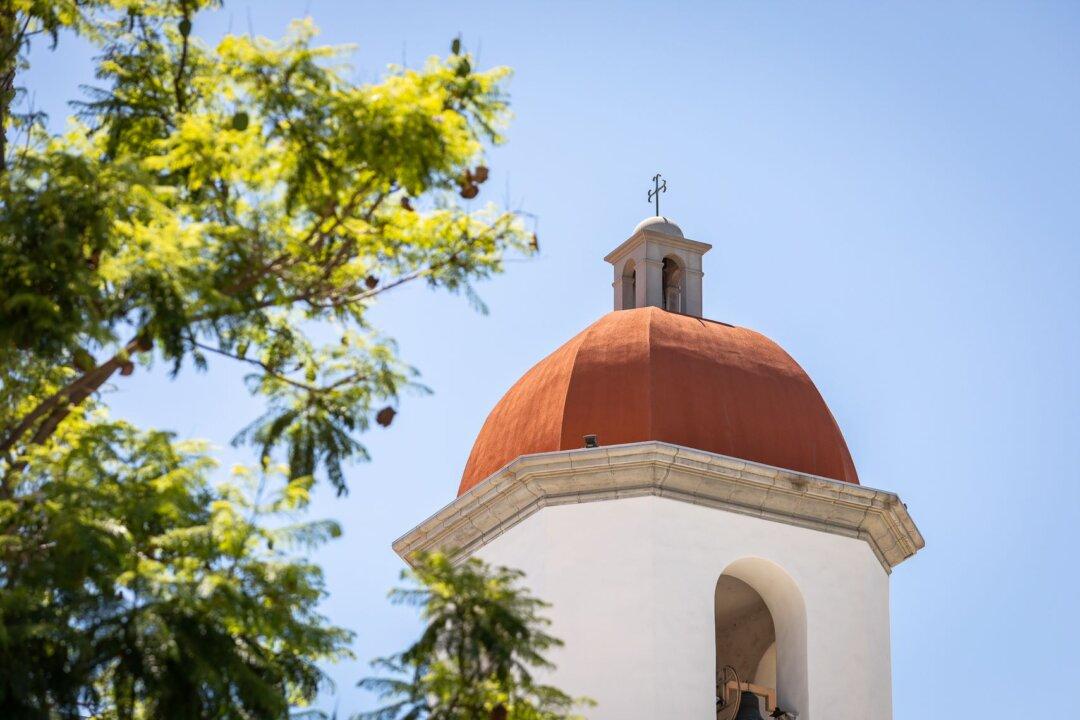Having the oldest street in California, as well as roadside houses preserved from their early American glory, San Juan Capistrano remains lush with stories of its founding families and the people who shaped it to be the old-town story-time enclave it is today, from its first female convict all the way back to its very first vibrant native inhabitants.
Although not officially incorporated as a city until 1961, San Juan Capistrano’s history spans hundreds of years, having first been visited by Spanish explorers in 1769. However, its crowning glory is its residents, many of whom are direct descendants of the original founding families who built the town and whose houses largely remain intact. Among them are members of the Rios family, with the 10th-generation family still living on the same street now named after them.




